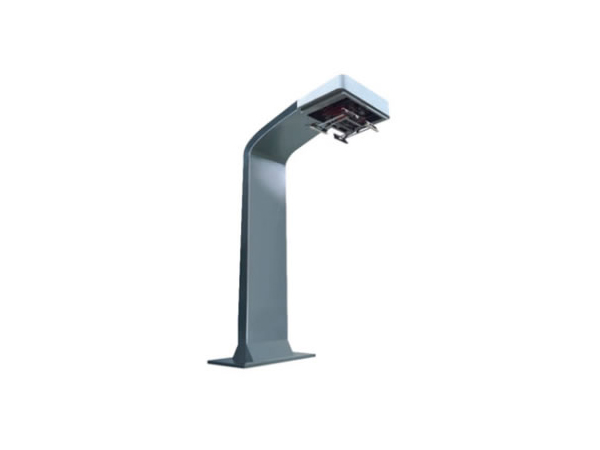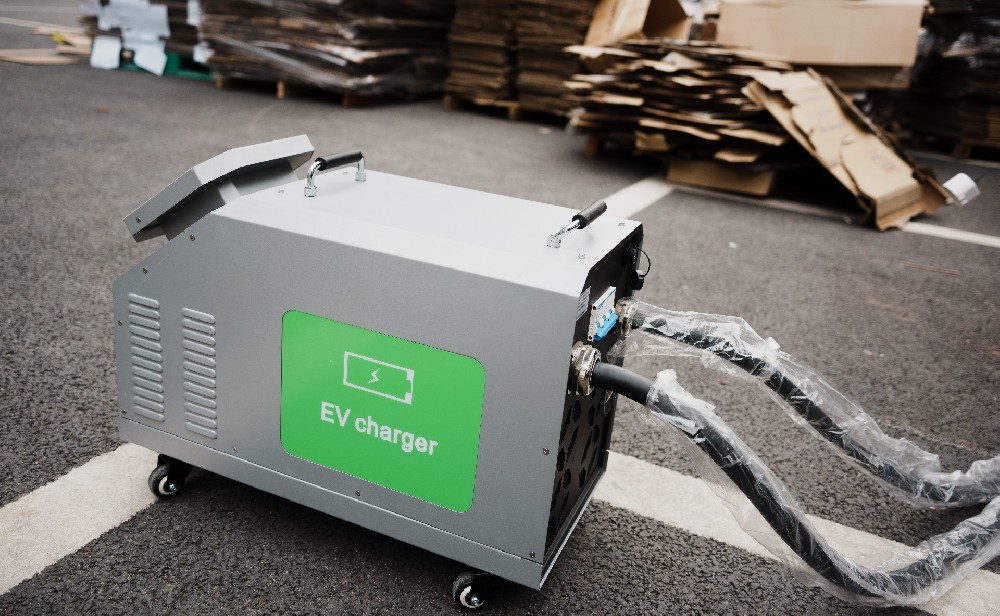-
13822183778@139.com
-
13822183778
Proper installation of portable electric charger is the prerequisite for electrical safety
Let's discuss the non-compliant aspects in the installation of portable electric charger:

1. Improper selection of installation environment
- Installing in densely populated areas without proper screening, significantly increasing risks.-Arbitrarily routing cables, which is non-compliant and poses potential hazards.
2. Unqualified material selection
① Cables are too thin
- Not using qualified cables as required. Pronado explicitly states before sale that different charger specifications need cables of specific thickness. Some installation teams cut corners by using non-compliant cables, which can't handle high-power devices, leading to circuit burnouts or fires.
② No earth leakage circuit breaker (ELCB) installed or non-compliant ELCB
- ELCB is the core protection barrier of the charging system. It quickly prevents major accidents during line faults or emergencies.
③ Non-compliant conduit
- Conduit protects cables. Due to complex routing needing multiple connectors, qualified conduit is essential. In damp basements, non-compliant conduit easily deteriorates, exposing cables.
3. Non-compliant installation techniques
① Exposed wire ends at terminals
- Exposed live wires pose electrocution risks.
② Ungrounded metal distribution boxes
-High risk of electrocution during leakage.
In summary, compliant portable electric charger installation is the basic guarantee of electrical safety. A good installation team not only follows proper procedures but also ensures user safety.
 How long does it take to charge ···
How long does it take to charge ···
 DC Fast Charging CCS type 2 plug
DC Fast Charging CCS type 2 plug
 The high-voltage and high-curren···
The high-voltage and high-curren···


